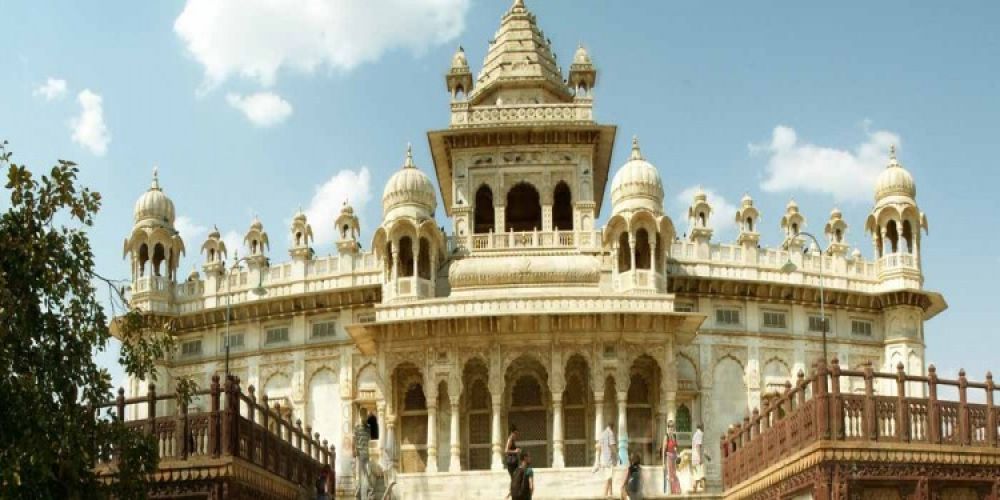

Located in the serene hill station of Mount Abu, Rajasthan, the Shri Raghunathji Temple is a significant place of worship and an important tourist attraction. Dedicated to Lord Raghunath (Lord Ram), the temple is a revered shrine for many devotees and history enthusiasts.
The history of Shri Raghunathji Temple dates back to the 14th century. It was believed to have been built in AD 1652 by Maharajah Ajaipal from the Sirui Dynasty, who was a devout follower of Lord Rama. The temple represents the rich cultural and spiritual heritage of the region and offers a glimpse into the ancient architectural styles that were prevalent during that era.
The development of tourism at Shri Raghunathji Temple began with the arrival of British officials and nobles during the colonial era, who visited Mount Abu as a summer retreat to escape the scorching heat of the plains. With the establishment of Mount Abu as a hill station, the number of visitors to the temple also began to rise.
Gradually, efforts were made to improve access and facilities around Mount Abu and its various attractions, including Shri Raghunathji Temple. The establishment of hotels, guest houses, and the improvement of road and rail connectivity greatly contributed to the increased influx of tourists.
Today, Mount Abu remains an all-year-round destination, with tourism peaking during the summer months and during the winters when the weather is pleasant. In recent times, the tourism industry has seen a shift towards eco-friendly practices, with an emphasis on sustainability and conservation of the natural environment and the cultural heritage of the region.
Shri Raghunathji Temple continues to attract tourists who seek a blend of spiritual experience, history, and natural beauty. Apart from religious activities, the area around the temple offers plenty of opportunities for nature walks, photography, and experiencing local Rajasthani culture.
Visitors to Shri Raghunathji Temple can enjoy the tranquil ambiance and take part in the daily prayers and rituals. The temple premises are well maintained, and the intricate carvings on the temple walls make it a photographer's delight.
As a measure to promote responsible tourism, visitors are encouraged to follow guidelines to ensure the preservation of this historic site. These include refraining from touching or defacing the sculptures, dressing modestly while within temple premises, and avoiding the use of plastic bags to keep the environment clean.
The temple's surroundings in Mount Abu, with its lush greenery, scenic viewpoints, and the nearby Nakki Lake, make it an ideal destination for those looking to combine a spiritual journey with the exploration of natural beauty.
In conclusion, the tourism history of Shri Raghunathji Temple reflects the evolution of Mount Abu as a prominent hill station and a center of spiritual and historical importance in Rajasthan. It is a testament to the devotion, architecture, and continuous efforts to preserve and promote this jewel in the heart of Mount Abu.